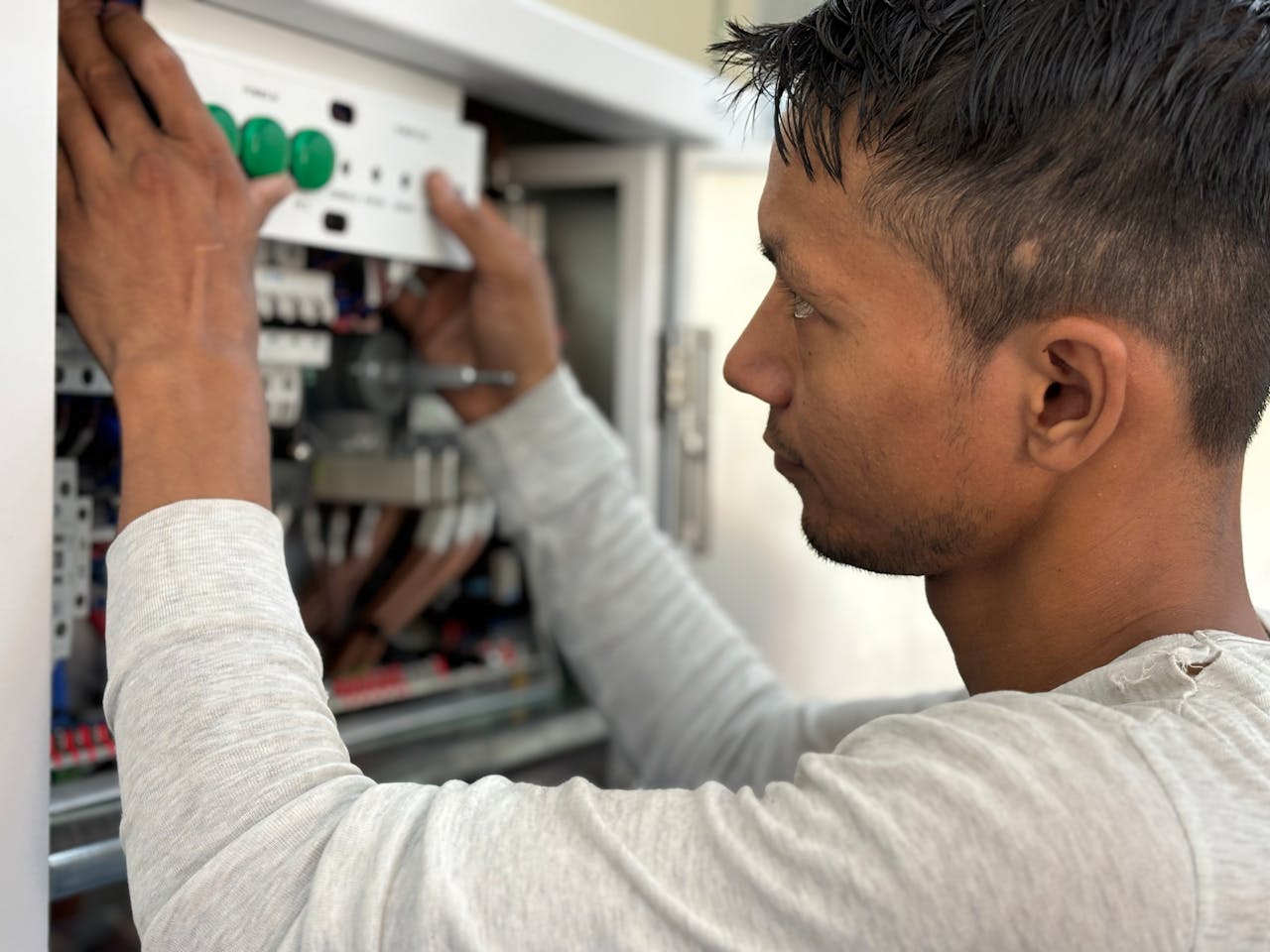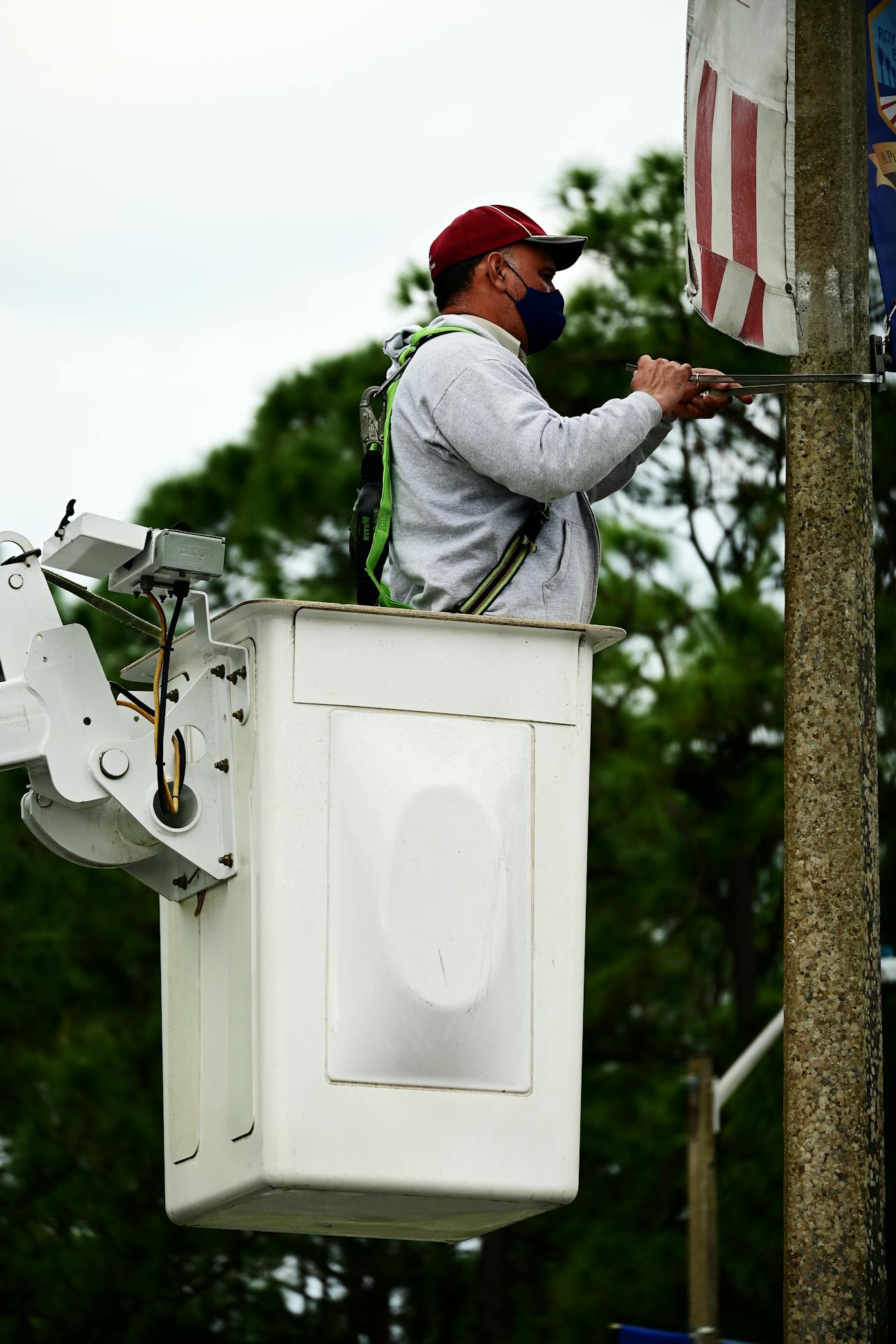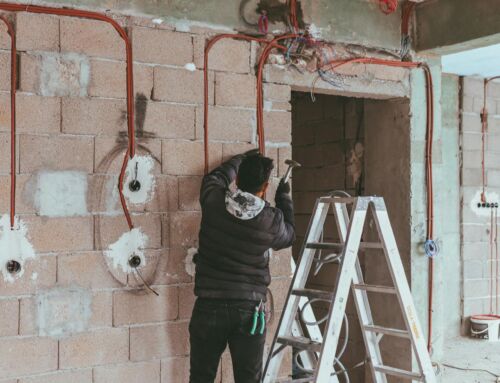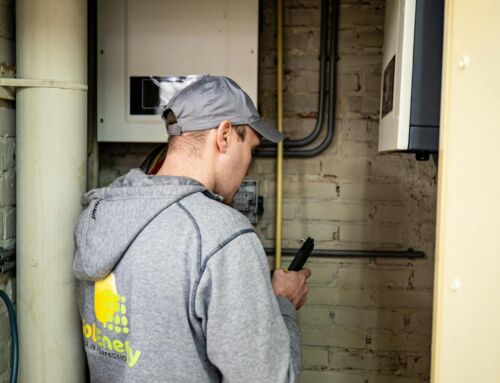Imagine you’re opening a new restaurant in Auckland, the buzz of the city outside your door. You’ve got the menu sorted, the decor is perfect, but what about the electrical system? Are you sure it’s up to scratch? Ignoring the rules could lead to serious problems, and nobody wants their opening night ruined by a power outage or, worse, an electrical fire.
That’s where understanding commercial electrical codes in New Zealand becomes essential. It’s not just about ticking boxes; it’s about ensuring the safety of your staff, customers, and your business. Let’s break down what you need to know, in plain terms.
Why Commercial Electrical Codes Matter: More Than Just Regulations
Think of electrical codes as the safety net for your commercial building. They’re designed to minimise risks and ensure that electrical installations are carried out to a high standard. For businesses in bustling areas like Auckland, with its diverse range of commercial properties, this is especially important. Understanding commercial electrical codes in New Zealand helps you:
-
Ensure safety: Protect people from electrical hazards.
-
Prevent fires: Minimise the risk of electrical fires.
-
Maintain compliance: Avoid penalties and legal issues.
-
Protect your investment: Ensure your building is safe and reliable.
-
Maintain insurance: Ensure your insurance is valid.
Key Codes and Standards: What You Need to Know

Navigating the world of electrical codes can feel a bit like learning a new language. But don’t worry, we’ll keep it simple. Here are the key codes and standards you need to be aware of:
-
Electricity (Safety) Regulations 2010: These regulations are the foundation of electrical safety in New Zealand. They set out the rules for electrical work, including installation, testing, and certification.
-
AS/NZS 3000:2018 (Wiring Rules): This standard provides detailed technical requirements for electrical installations. It covers everything from cable selection and circuit protection to earthing and bonding. Think of it as the electrician’s bible.
-
Local Council Requirements: Your local council, like Auckland Council, may have additional requirements specific to your area. Always check with your council to ensure you’re meeting all their regulations.
-
WorkSafe New Zealand Guidelines: If your building is a workplace, you’ll need to comply with WorkSafe’s guidelines on workplace safety, including electrical safety.
Key Areas of Compliance: What to Focus On
Understanding commercial electrical codes in New Zealand involves focusing on several key areas:
Wiring and Cabling: Ensure all wiring and cabling is installed correctly and meets the required standards. This includes using the correct cable sizes and ensuring proper insulation. Correct cable sizing is crucial to prevent overheating and voltage drop, which can lead to equipment malfunction. Proper insulation prevents short circuits and ground faults, ensuring the safety of the installation.
Circuit Protection: Protect your electrical circuits with appropriate circuit breakers and fuses. This prevents overloads and short circuits, which can lead to fires. Circuit breakers and fuses should be rated to match the cable size and the load they are designed to carry. Regularly testing these devices ensures they will operate correctly in the event of a fault.
Earthing and Bonding: Ensure your electrical system is properly earthed and bonded. This provides a safe path for fault currents, preventing electrical shocks. Proper earthing and bonding minimize the risk of electric shock by providing a low-resistance path for fault currents to return to the source. This is essential for protecting people and equipment.
Residual Current Devices (RCDs): Install RCDs to protect against electric shocks. These devices quickly disconnect the power supply in the event of a fault. RCDs are designed to detect even small leakage currents and quickly disconnect the power, preventing electric shock. They should be installed on all circuits that supply power to portable appliances and in areas where there is a risk of water contact.
Lighting: Ensure your lighting installations meet the required standards for safety and efficiency. This includes emergency lighting and exit signs. Lighting installations should comply with lighting standards for luminance and uniformity. Emergency lighting and exit signs are vital for safe evacuation during power outages and should be regularly tested.
Emergency Power Systems: If your building requires an emergency power supply, ensure it’s installed and maintained correctly. Emergency power systems should be regularly tested to ensure they will function correctly in the event of a power outage. The system should be sized to meet the building’s essential power needs and comply with relevant safety standards.
Hazardous Areas: If your building includes hazardous areas, such as workshops or laboratories, you’ll need to comply with specific requirements for electrical installations in these areas. Hazardous areas require specialized electrical installations to prevent explosions and fires. This includes using intrinsically safe equipment and explosion-proof enclosures. A risk assessment should be carried out to identify the specific requirements for each hazardous area.
The Compliance Process: Step-by-Step
Understanding commercial electrical codes in New Zealand also means understanding the compliance process:
Planning and Design: Compliance starts with the planning and design stage. Ensure your electrical design is carried out by a qualified electrical engineer and complies with all relevant regulations. The electrical design should include detailed load calculations, circuit diagrams, and specifications for all electrical equipment. This ensures that the installation meets the building’s electrical needs and complies with safety standards.
Installation: Electrical installation should only be carried out by a licensed and registered electrician. Using a licensed electrician ensures that the installation is carried out safely and to the required standards. They have the knowledge and experience to install electrical systems correctly and safely.
Testing and Commissioning: Once the installation is complete, the electrical system must be thoroughly tested and commissioned. Testing and commissioning verify the functionality and safety of the electrical installation. This includes continuity testing, insulation resistance testing, and earth resistance testing.
Certification: After successful testing and commissioning, your electrician will provide you with an Electrical Certificate of Compliance (CoC). This certificate confirms that the electrical work meets all regulatory requirements. The CoC is a legal document that provides assurance that the electrical work is safe and compliant. It is required for building consent and insurance purposes.
Inspections: Your local council may carry out inspections of your electrical installation. Council inspections verify that the electrical installation complies with local building codes and regulations. Be prepared to provide all relevant documentation, including the CoC and electrical design plans.
Common Compliance Issues: What to Avoid

Here are some common compliance issues to avoid:
Using substandard materials: This can compromise safety and lead to compliance issues. Substandard materials may not meet the required safety and performance standards. Always use certified materials that meet New Zealand standards.
Incorrect wiring: Incorrect wiring can lead to electrical fires and shocks. Incorrect wiring can create a risk of short circuits, ground faults, and electrical fires. Always ensure that wiring is carried out by a licensed electrician and that all connections are secure.
Overloaded circuits: Overloaded circuits can lead to overheating and fires. Overloading circuits can cause overheating, which can damage wiring and lead to fires. Distribute electrical loads evenly and avoid using extension cords to power multiple high-power appliances.
Faulty RCDs: Faulty RCDs may not trip in the event of a fault, increasing the risk of electric shock. RCDs are critical safety devices and should be regularly tested to ensure they are functioning correctly. Replace faulty RCDs immediately.
Missing or damaged emergency lighting: Missing or damaged emergency lighting can hinder evacuation in the event of a power outage. Emergency lighting is essential for safe evacuation and should be regularly tested and maintained. Ensure that all emergency lighting units are functioning correctly and that batteries are fully charged.
The Importance of Professional Expertise
Understanding commercial electrical codes in New Zealand is best achieved by working with qualified electrical engineers and electricians. They can:
-
Develop a compliant electrical design.
-
Ensure the safe and efficient installation of your electrical system.
-
Carry out thorough testing and commissioning.
-
Provide you with the necessary certification.
-
Keep you up-to-date with the latest regulations and standards.
Prolectrix has a team of experienced electricians who are well-versed in New Zealand’s commercial electrical codes. We can assist with all aspects of your commercial electrical project, from design and installation to testing and certification.
Staying Up-to-Date: Keeping Pace with Changes
Electrical codes and standards are constantly evolving. It’s essential to stay up-to-date with the latest changes to ensure ongoing compliance. You can do this by:
-
Subscribing to updates from relevant organizations, such as WorkSafe and Standards New Zealand.
-
Attending industry seminars and workshops.
-
Working with a reputable electrical company that stays informed about regulatory changes.
In Conclusion
Understanding commercial electrical codes in New Zealand is vital for ensuring the safety and compliance of your commercial building. By working with qualified professionals and staying up-to-date with the latest regulations, you can create a safe and reliable electrical system for your business. Remember, a compliant electrical system is an investment in your business’s success and the safety of everyone who uses your building.





